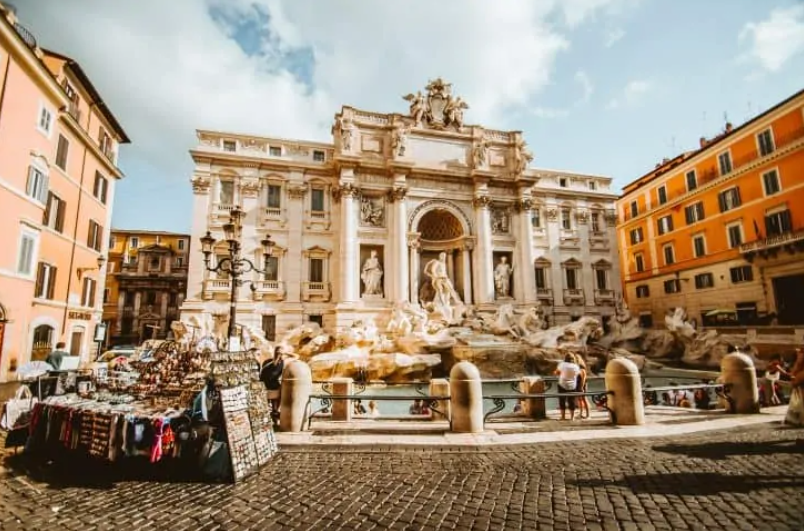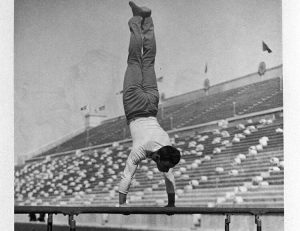Trevi Fountain Facts

As one of the well-known fountains in the world, the Trevi Fountain holds wonders more than you might know. It could play from being an Instagrammable background to a film set, to charitable work. All of these, and more, make the Trevi Fountain facts worth reading. Dive into the charming attraction in Rome.
The location of the Trevi Fountain sits at the edge of the Aqua Virgo aqueduct.
Agrippa, a son-in-law to Emperor Octavian Augustus, constructed the pipeline in 19 B.C. This aqueduct served as the source of water for many Roman baths and fountains in Central Rome.
Trevi Fountain designer Nicola Salvi died in 1751.
21 years into the construction, the Italian architect departed. The project was then left open for Italian sculptor Pietro Bracci to complete.
Most of the structure of the Trevi Fountain was made with travertine stone.
A class of limestone, this material is deposited by mineral springs such as hot springs. The name ‘travertine’ comes from the Latin word ‘tiburtinus,’ meaning ‘from Tibur.’ The actual Tivoli city ‘Tibur’ lies 35 kilometers eastward Rome.
Ocean, the mythological sea god, stands in the middle of the Trevi Fountain.
His beard symbolizes power and wisdom while his short, thick wand is an adaptation of the item in the hands of the Roman emperors in coins. Ocean’s statue is 5.8 meters or 16.4 feet high.
Two horses and a triumphal chariot carry Ocean in the Trevi Fountain.
The restless horse embodies the extreme strength that the sea possesses. On the other hand, the calm horse symbolizes the inner tranquil quality of the sea.
Two versions of Triton lead the horses among the statues in the Trevi Fountain.
First, it the young Triton with a strong physique. The second one is older with a twisted shell onhand for their passage announcement. Triton, the son of Neptune, is a god from Greek mythology. He is dubbed as the messenger of the sea with a representation of a merman.
The left side of the arch features the statue of Goddess Abundance with the horn of plenty.
The goddess is a symbol of success and good fortune. Her feet stand over a toppled vase which stands as a water source. Meanwhile, the relief above her displays Agrippa in-command over the builders of the aqueduct.
The right side of the arch features the statue of Goddess Health.
She is wearing a laurel wreath and holding a cup from where a snake sips. Her Greek name is Hygieia which birthed to the word ‘hygiene.’ Additionally, the relief on her side’s upper part is a depiction of a Virgin lady pointing the soldiers to the water source.
Legend says that throwing a coin into the fountain would guarantee your return to Rome.
This tradition started when ancient Romans sacrificed coins in water to ask the gods of water to help them return home safe or favor their trip. Another variation says that two coins would grant you love and three would mean marriage with an Italian.
Snatching Trevi Fountain coins is punishable by law.
Thieving gangs used to visit the fountain at night to clear it of its money. A particular case tells of a man stealing coins from the fountain for 34 years until he got caught in summer 2002. He managed to collect up to $1000 every day using a sword-like magnet, in the early mornings.






